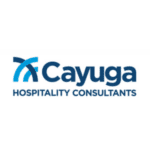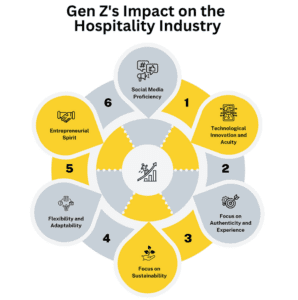
Most owners and prospective buyers try to reduce their hotel’s Capex spend associated with PIP or Renovation work and with good reason- to keep their investment basis as low as possible.
When and How to “Go Big” on your Hotel Renovation
However, there are scenarios below where owners may want to go bigger.
- The hotel is in a strong demand environment and underperforming the competitive set, especially if the hotel has “good bones” and most of the work would be interior.
- Owner has broader economic interests. For example, the hotel is or could be part of a mixed-use project and the hotel upgrade would improve the positioning/quality for the other uses and, by extension, the overall value. Or, a corporation or organization wants a hotel quality level that does not exist in the market.
- Demand environment is improving/growing significantly. Think Austin, TX or Nashville, TN 10 years ago.
- A major revenue center (e.g. banquets/catering/restaurant) is significantly underperforming the market and/or industry standards and re concepting/upgrading would generate a meaningful return on investment.
Steps for Initial Hotel Renovation Planning
Do the market research
Get in the weeds! Understand what physical attributes and amenities the top performing hotels have that your hotel does not. Why are the winners winning? Don’t lie to yourself! Evaluate your guest scores and competitors online rankings and comments. Talk to salespeople, at both your hotel as well as your competitors. Review meeting planner scores and talk to meeting planners.
Based on your research, is there a hole in the market from an amenity standpoint? This could be a rooftop/pool bar, popular restaurant type, high performance meeting space, suite types, high level fitness center. If so, consider this during the programming phase.
Pro tip: Look for best practice concept/design ideas from new hotels in other markets.
Build or update your hotel brand and post renovation messaging
What is the hotel’s differentiation in the market relative to your target customer? Does this need to change or evolve with the renovation? What is the story that will be told by your marketing team on the other side of the renovation? Your brand and differentiation should drive the overall design plan.
Assemble your initial design team
Typical team members: Owner or owner’s Representative, Architect, Interior Designer, Procurement Agent, Construction Consultant, Operations Representative (preferably the General Manager). Everybody on the team matters. However, Interior Design is the money ball role in hotel renovation world. The space adjacencies and finishes will create the emotional connection with the consumer and help establish positioning and drive demand.
Begin the design process
Consider what you learned in the market research phase and branding study. Program those elements that you believe will materially impact revenue and, by extension, profit. Keep in mind that changes to drawings are less expensive in the early phases. The conceptual or framework phase is the time to consider “Go Big” options. If your hotel has a chain affiliation, don’t forget to engage the brand and bring them along in the process.
Pro tip: The hotel design process is iterative with many more steps than shown here. There is invariably a value engineering phase, which usually occurs at 50% or 100% of the design development phase.
Do the math
Put together a simple proforma showing 5-year incremental revenue and, ultimately, Net Operating Income (NOI) that you believe will be generated by those changes/amenities you are adding to your design that are above your baseline version. Do the same thing with the incremental cost associated with those amenities. There are several ways to look at your return on the additional investment. My choice is typically yield over cost (incremental NOI in year 2/incremental investment cost).
Most hotel owners should do their best to keep renovation and PIP costs at a minimum. However, there are scenarios that create a real opportunity, if executed correctly, to “Go Big” and reposition an underperforming hotel in a good location and drive significant returns on the incremental spend.





















